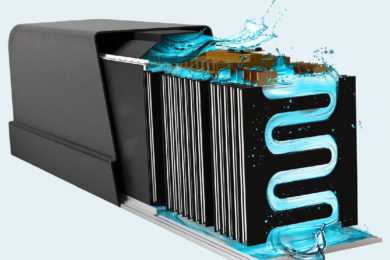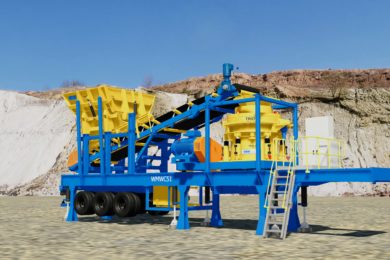Gold has shown quite a surge in price and interest recently. When everyone is trying to cash in with the high price, toll treatment can be a low capital cost method of achieving cash flow for a project. However, there are some issues to be aware of when looking at evaluating toll treatment of a gold deposit. These are outlined by Dean Mitchell of Mineral Engineering Technical Services (METS).
Metallurgical Recovery Data – The toll miller will want to see adequate metallurgical data to establish the recovery, grind size, throughput rates and treatment costs. The presence of deleterious elements (i.e. cyanide soluble elements, preg-robbing carbonaceous material, sulphides, oxygen consumers and clays) may also be required. Sufficient high quality testwork is required to provide these parameters.
Terms and Conditions – Treatment terms and conditions vary from company to company.
Feed Tonnes – Obtaining accurate measurements of tonnages and grades prior to starting a toll treatment campaign can be difficult or impractical. The use of front end loader load cells and weighbridges to obtain transported tonnages are often applied but are not suitable for payment calculations. Crusher and mill feed weightometers should be well maintained and calibrated on a regular basis to provide accurate results. Independent certification can also be conducted to ensure results are to the highest standard. Accounting for scats produced by the mill (tonnes, grade) needs to be included in the accounting procedures. Feed moisture determination is essential.
Head Grade Determination – Mine grade control should be done on close drill spacing and dilution should be minimised. Sampling of the crushed material to obtain representative samples is critical to garner useful results. Sample size, frequency of sampling and sample preparation may change depending on the grades and mineralogy of the treated ore.
Metallurgical Accounting – Gold In Circuit (GIC) determinations are critical in achieving successful campaign results, as the majority of the GIC is on the carbon in the Carbon in Leach (CIL) tanks. The campaign needs to be long enough so that fluctuations in the measurement of the GIC do not impact on the results. Detailed procedures for sampling different streams are required.
Metallurgical Issues during the Campaign – The agreement needs to be flexible to allow for changes to be made within the agreed operating parameters of the plant during the campaign. The agreement should allow provision for a Third Party Ore Processing Representative to be present during GIC and the campaign.
Assaying – Accurate sampling and analytical processes are crucial for successful toll treatment. Collection of extra samples for external and umpire assay is essential. It is recommended to include certified assaying standards to ensure accuracy of the assay results.









